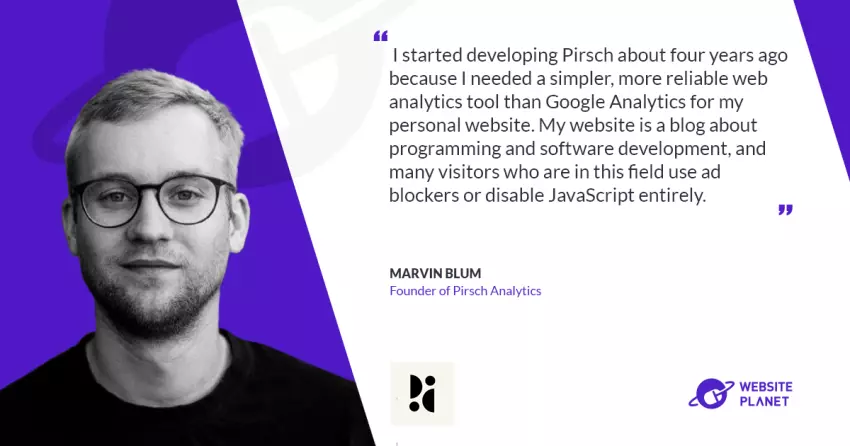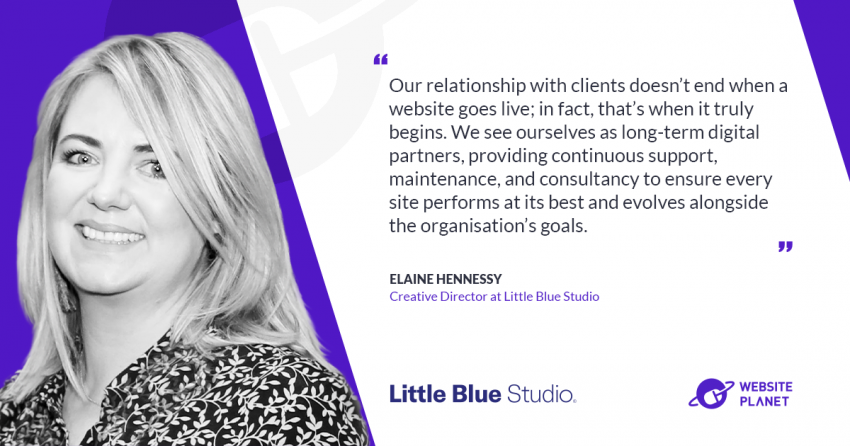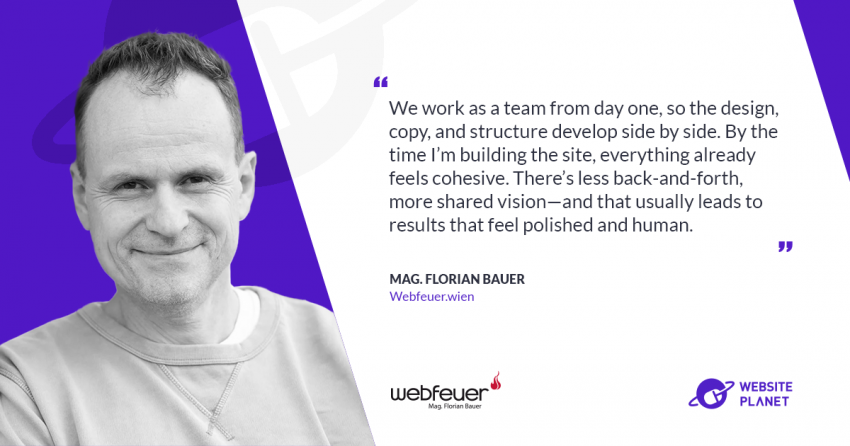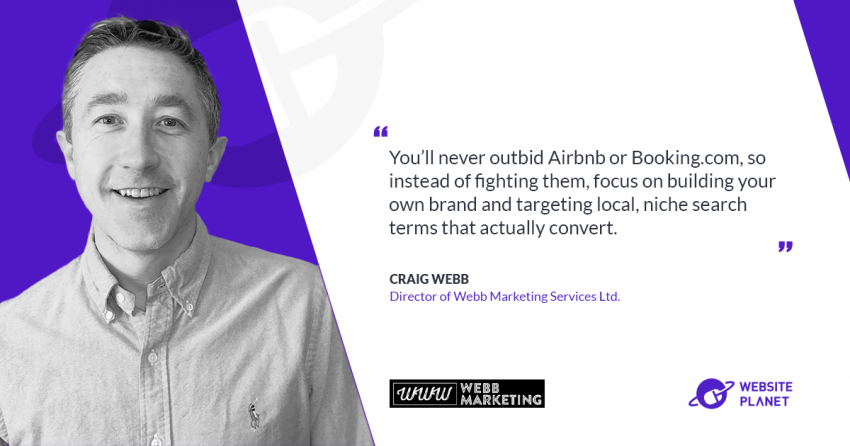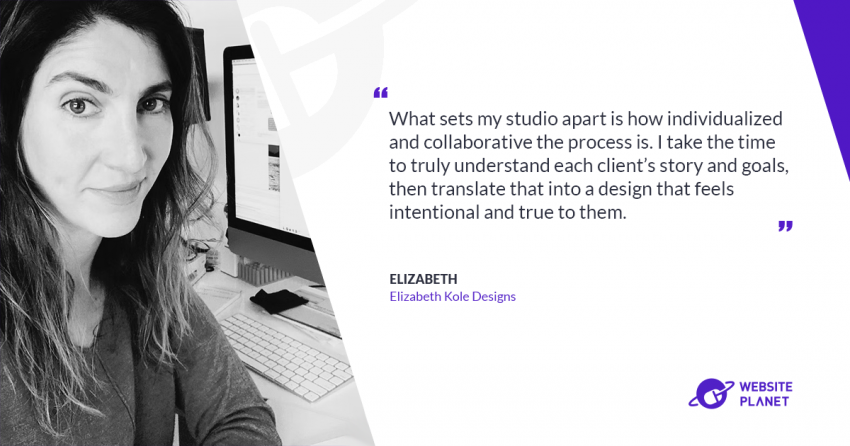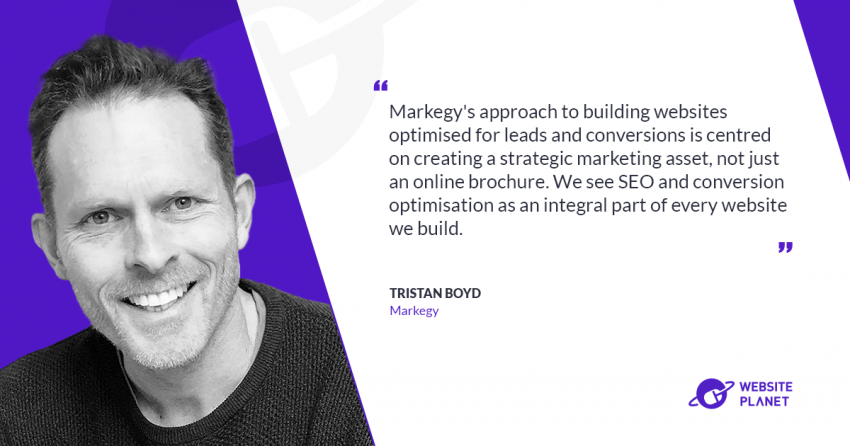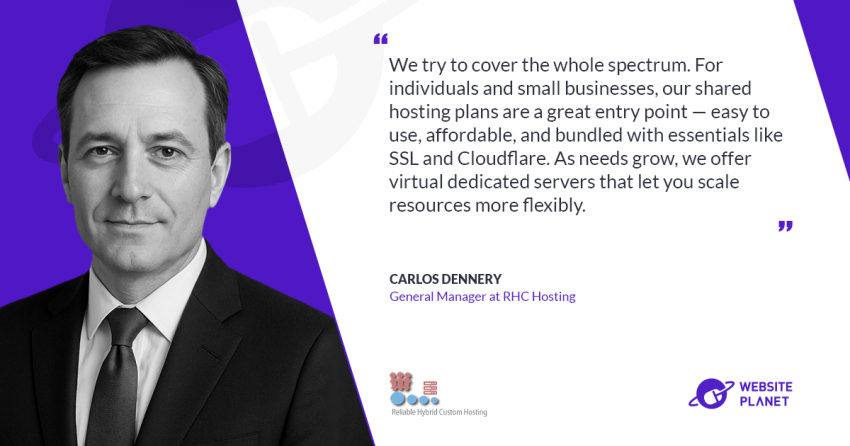In an interview with Website Planet, Marvin Blum, the creator of Pirsch, shares how his personal need for a simple, privacy-friendly web analytics tool led to the development of this lightweight, open-source alternative to Google Analytics.
Built with developers and privacy-conscious users in mind, Pirsch offers server-side tracking that works even when ad blockers are enabled—without relying on cookies or JavaScript. Features like a built-in URL shortener, native webhooks, and full white-labeling options make it especially appealing for agencies and enterprises looking for customization and control.
With a strong focus on privacy compliance and a roadmap that avoids bloated complexity, Pirsch is carving a niche in the evolving analytics space.
What inspired the development of Pirsch as a lightweight, open‑source alternative to Google Analytics?
I started developing Pirsch about four years ago because I needed a simpler, more reliable web analytics tool than Google Analytics for my personal website. My website is a blog about programming and software development, and many visitors who are in this field use ad blockers or disable JavaScript entirely. Therefore, I was looking for a way to embed the tracking directly into my Golang-written server.
How does Pirsch’s cookie‑free, fingerprint‑based tracking system ensure GDPR, CCPA, PECR, and Schrems II compliance?
To ensure that Pirsch is in line with the GDPR and other privacy frameworks, we conducted an audit with an external data privacy officer and a lawyer. Pirsch is entirely hosted in Germany, ensuring compatibility with Schrems II and keeping all data in Europe.
The most important thing is that we don’t store personal information. Sensitive information, such as the IP address of a visitor, is only processed for a fraction of a second.
Can you explain how the built‑in URL shortener and native webhooks enhance marketers’ workflows?
The URL shortener is a recent addition to Pirsch. Often, you cannot see the real source of visitors to your website because the referrer isn’t always forwarded by the browser. The URL shortener solves this problem by including this information in a shortened link, guaranteeing that the source and other metrics are set correctly.
An added benefit is that you can share a shorter link that takes up less space on the screen. This is especially important on mobile devices.
Webhooks help with automation. They are easy to use and provide an immediate response to certain actions, such as completing a checkout or a visitor clicking one of the links mentioned before.
What advantages do teams, white‑labeling, and custom theming bring to agency and enterprise users?
This has been one of our main focuses since the beginning. As visual developers passionate about UI and UX, we knew we wanted to create a beautiful, easy-to-use dashboard that could be fully customized. Customization allows our agency and enterprise users to truly make Pirsch their own. Having their own logo and colors is essential for professionally reselling our services and making a better impression on their clients.
The ability to have teams was a logical feature for managing multiple dashboards in different contexts. We needed a way for our users to manage their clients without losing control.
How do server‑side integrations and REST API support ad‑blocker resilience compared to typical JS‑based analytics?
This varies from website to website because it depends on the target audience. As I mentioned earlier, if your website is aimed at developers and other technical people, you might lose more than half of your traffic by using a traditional JavaScript snippet.
Even if your site is aimed at a broader audience, though, you could still lose 20% to 30% of your traffic. For this reason, I always recommend the server-side integration if possible.
Another benefit of the server-side integration is that it completely removes the need for JavaScript, reducing page weight and loading times.
Looking ahead, what new capabilities (e.g., advanced funnels, e‑commerce tracking) are on the roadmap to compete with more mature analytics platforms?
Our biggest challenge is developing a new, flexible reporting API. This will serve as the foundation for new features, such as the ability to compare multiple filters simultaneously. Otherwise, I think Pirsch is in a really good spot and won’t require many additions or changes. Feature creep is a real issue in the software industry.
It adds complexity and pushes away users who can’t keep up with all the changes. This is one reason people are moving away from Google Analytics and other analytics solutions, which used to be simple.
Find out more at: www.pirsch.io
